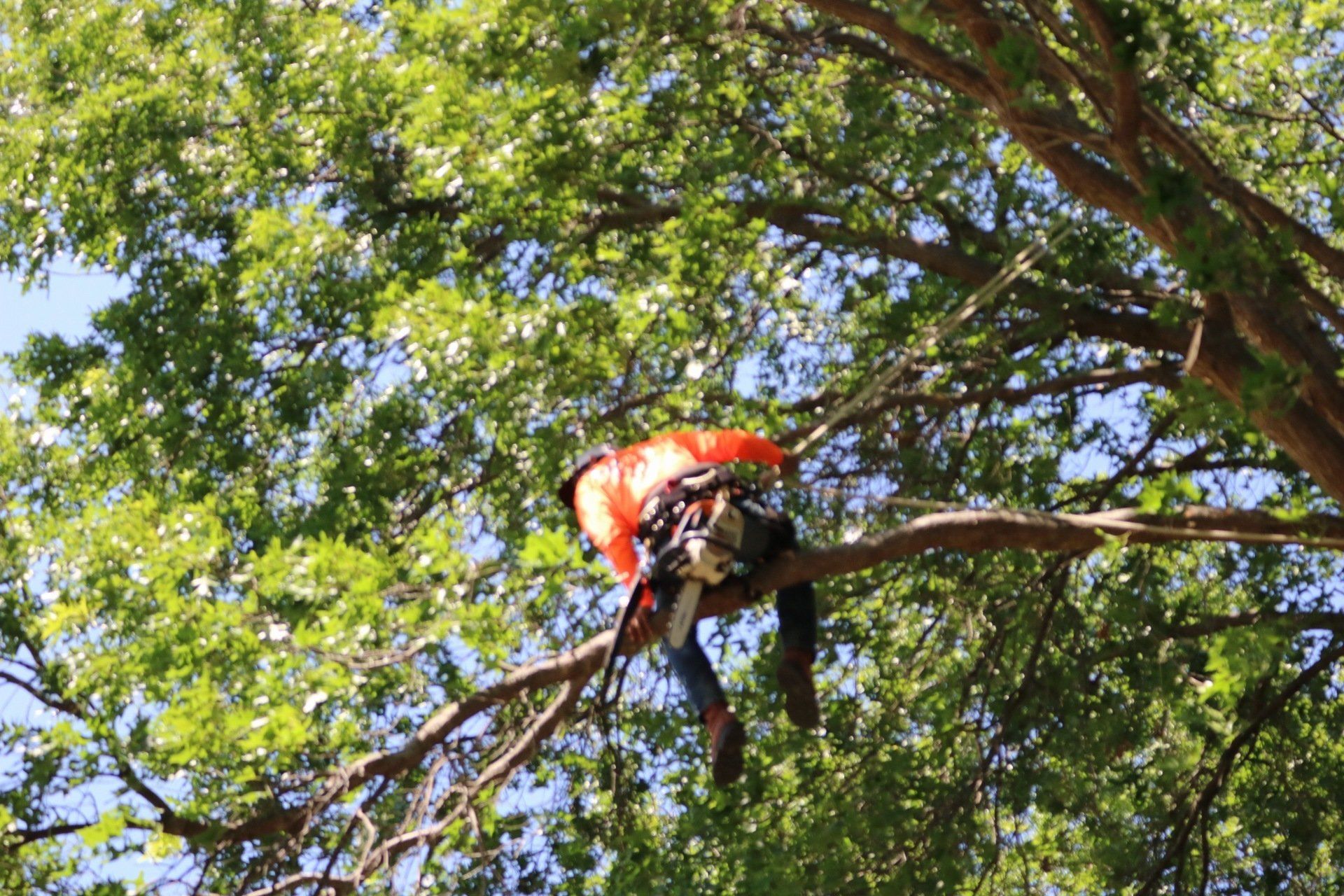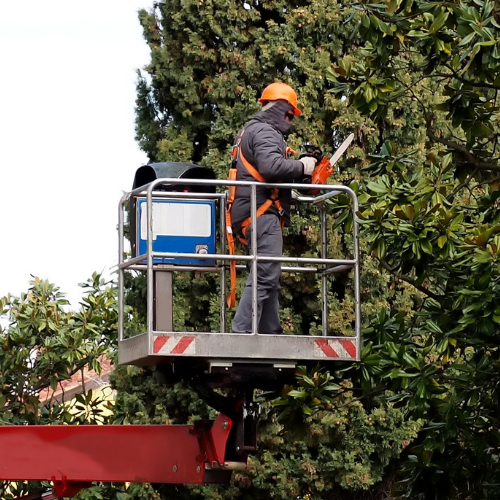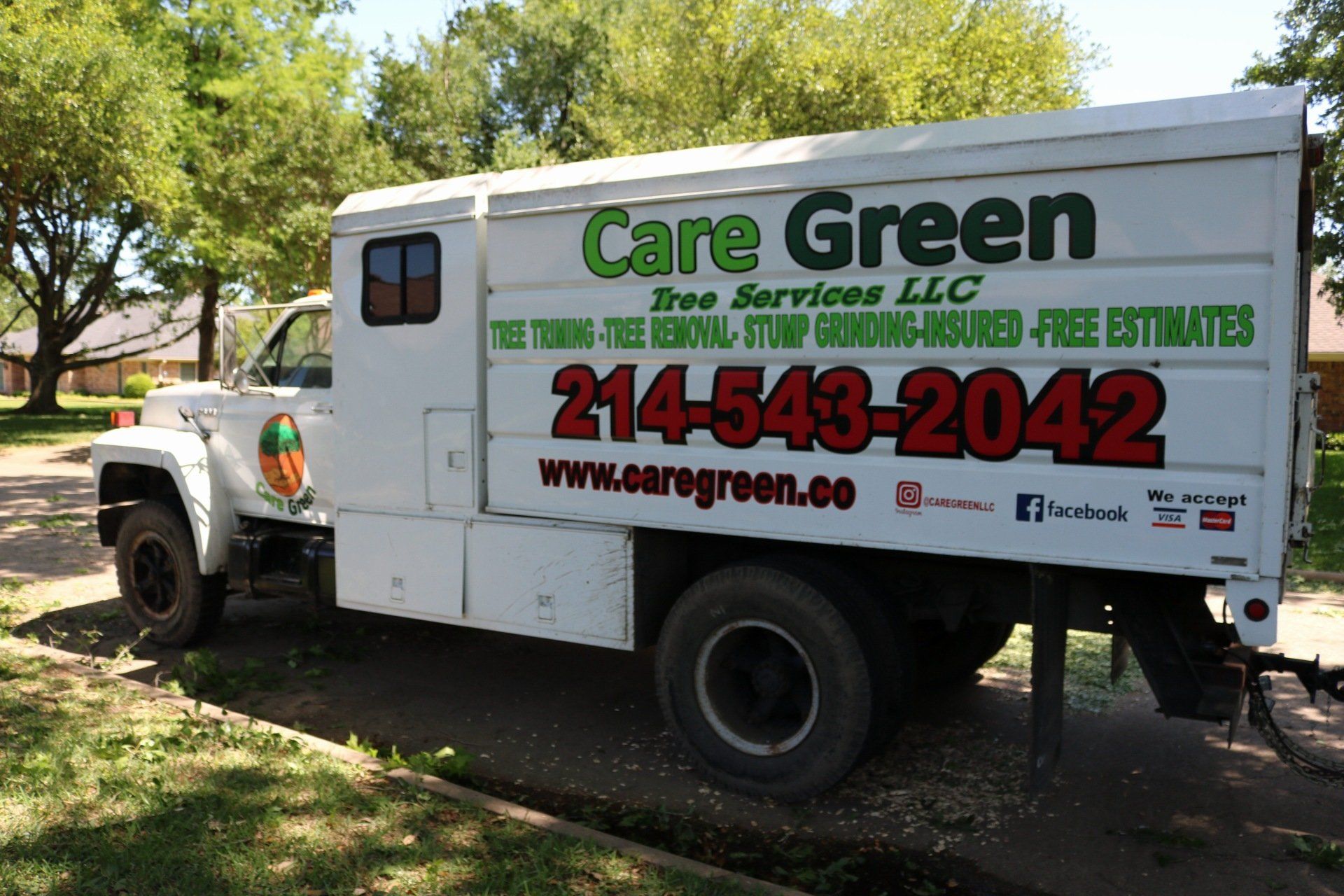How to Dispose of Tree Trimmings
How to Dispose of Tree Trimmings in Texas?
When removing a tree in Dallas, you may be wondering how to dispose of tree trimmings. While removing a tree may seem like a daunting task, it's actually surprisingly easy. There are many different options, including composting, yard waste bins, and even city programs. Listed below are some of the most popular methods. But whatever you choose, you can rest assured that your tree trimmings will find a good home elsewhere.
Composting
When it comes to tree trimmings, there are several options. You can either donate the trimmings to a local tree care center or find a recycling bin. Even if you don't have a yard, there are many ways to get rid of yard waste, including composting. For larger gardens, you can bury the trimmings in the ground, which will break down into a natural additive for the soil.
Tree trimmings take a long time to break down, so it's best to compost them with leaves and small twigs. Using living leaves will feed the beneficial bacteria in the pile, and the twigs will provide space for air to circulate. However, don't put needles and other parts of coniferous trees into the pile.
They'll add too much bulk, which can hinder the composting process. To start the composting process, you need to remove any dead branches or leaves. Large branches are best buried, though if your property is large, you can also make a pile of them. Leave the branches in the pile for a few weeks and they'll eventually break down. You can also use other yard waste to enrich the soil. Once your compost bin is full of organic material, you'll have the best soil in the world.
Yard Waste Bins
How to dispose of tree trimmings in yard-waste bins? Most communities offer curbside recycling of yard waste, and some have tree trimmings recycling programs. Some cities offer curbside recycling for tree trimmings, such as Salt Lake City and Sacramento. Some communities accept all kinds of tree trimmings; however, others may have size restrictions. Tree limbs and leaves may not be accepted, for example, in Paola, Kansas. For this reason, many communities ask residents to bundle up tree trimmings for recycling.
If you're able to, collect enough leaves each week to fill your yard waste bin. If you have more left than that, store them in a container for a few weeks and feed the rest of your yard waste can every week. You can also cut up a Christmas tree into 4-foot pieces and put it in a brown curbside compost bin. Do not overfill the brown container. Make sure to remove any lights and ornaments. Moreover, you cannot put a flocked tree in your curbside compost bin.
Live Christmas trees are accepted as yard waste, but you must remove their ornaments and remove all the decorations. Do not place artificial Christmas trees or artificial decorations in yard waste bins. Instead, use a personal container that is 44 gallons in capacity, has handles, and weighs no more than 35 pounds when full. Do not put tree trimmings in trash cans if they are too large or too light.
Firewood Suppliers
Regardless of where you live, it is important to know how to dispose of tree trimmings. Luckily, most firewood suppliers are always in need of extra logs, so there are a few ways to make some easy cash from your tree trimmings. The first option is to sell them or give them away, both of which are beneficial for the environment. If you have a lot of tree trimmings & pruning, you can also turn them into furniture. Furniture makers will turn wood logs into sawdust and use this in their designing process. Additionally, if you have spare logs or large branches, a wood sculptor would know what to do with them.
If you live in an area with curbside recycling services, you may be able to find a local recycling program for your tree trimmings. In some communities, tree trimmings can be placed in the recycling bin without any hassle. However, in most communities, the tree trimmings must be cut down first. Some communities even have private businesses that will purchase your tree branches and other trimmings. If you have a garden, you may also be able to recycle your tree trimmings yourself.
Another option is composting. The problem with tree trimmings is that they take a long time to break down. If you can collect them in bundles, you can set them aside on an extra trash collection day once a month. This option will help to keep the tree trimmings out of the landfill. The composted tree branches will provide important nutrients to the soil, which will reduce the risk of erosion. To compost, you must make sure that the bins have lids that can close and can hold a large amount of material.
If you need help with your tree removing and tree pruning needs in Dallas, Texas feel free to give our tree service company a call today!
You might also like
Blog




